Earlier this week, something happened in my body that broke me. Not physically. I’m fine. It didn’t hurt. My doctor confirmed that it’s unfortunate, but it’s fine. I have no reason to worry, medically. The problem, though, is that it reminded me that I live in a body. That’s what broke me. A few days into processing, when I had gone to work, and answered my emails, and cleaned my house, and been very good, I realized that most people probably never have the desire to do something self-destructive. Not even for fun. Not even because it feels good. Not even the urge.
Today, I watched Hatching, a 2022 Finnish horror film. I watched it lying in bed in pain unrelated to the thing that happened in my body. I just feel a lot of pain very often. You know how it is. My bones clicked and cracked as I shifted in my sheets. And slowly, as the film unfurled, my body started going silent. Not in literal decibel, probably. But in the way that it wasn’t constantly yelling at me, “I exist, and you exist within me.” My body stopped being so loud in my mind, because it was becoming a bird on screen.
This analysis will contain spoilers, mentions of abuse, mentions of eating disorders, mentions of animal death, and discussions of psychological and body horror.
Hatching is the story of Tinja, a young girl whose life is aesthetically curated by her mommy blogger mother, Äiti. The first scene tells the story that will ultimately unfold in the next hour-and-some minutes: as the mother finishes up another beautiful vlog, a bird comes crashing into the home, destroying much of the room’s glass decor. Tinja catches the bird by swaddling it in a blanket. When Äiti takes the blanket from Tinja, she break’s the bird’s neck with a satisfied smile.
Alone that night, Tinja finds the bird’s lone egg. She takes it home and puts it under a stuffed animal.
For the sake of Äiti, a once-was figure skater whose career was ended early due to an injury, Tinja is a gymnast. She works tirelessly in order to qualify for an upcoming competition, which Äiti plans to livestream. Äiti is beautiful, statueque, and meticulously put together. Her diamond heart-shaped drop earrings are cloying and somehow still elegant. Her clothes are tailored and refined, but still evoking femininity and whimsy. Her vlogs, likewise, are beautifully edited and shot as she conveys a sense of easy peace and serenity in her household. Tinja’s father, desperately nonconfrontational, would rather pursue his hobbies in solitude than connect with his daughter; Tinja’s younger brother clamors for attention by acting out.
Tinja, meanwhile, has a personality expressed through forced smiles, determination, and a far-off stare. She doesn’t ask her mother for anything, like going over to her new neighbor’s house to play with her dog. She mentions that her neighbor invited her over, and lets her mother fill in the blank. Rejection is easier when you didn’t ask in the first place. When Tinja sees Äiti kiss another man, she smiles as she agrees to keep it a secret, though her smile is uneasy and confused. Later, when Äiti confides in Tinja — side by side in bed, girls’ night, preteen sleepover — that this new man, Tero, is the first person she’s ever loved, Tinja finally breaks. She goes to the egg, still growing, and promises it: “I will take care of you.”
The egg hatches into a half-human half-bird “monster,” and while Tinja is scared of it at first, she sees herself in it, literalized first by the “monster” mirroring her movements, and then more and more as the “monster,” Alli, becomes identical to Tinja.
The marketing and genre of Hatching want you to think that this “monster” is the antagonist. They want you to find her scary, disgusting, sometimes pitiful. And she is those things, but she is not the antagonist. She is, in fact, our protagonist, Tinja. She is the version of Tinja that starts as something other, but slowly becomes identical to Tinja herself — and then, at the film’s end, she becomes Tinja after the point of no return from her traumatic upbringing. Growing up with emotional abuse and neglect, love and nurture are often things you have to discover on your own, and disentangling them from that abuse can be almost impossible.
We see Tinja bathing Alli, and Alli becomes playful, the two sharing a genuine, loving moment (in another scene, Äiti shows Tinja footage of them, saying that it’s good they had an “authentic moment there,” because her viewers love it). But Tinja must also feed Alli, and Alli is a bird; therefore, Tinja must eat, then make herself throw up, and that will feed Alli. Nourishment and self-destruction are synonymous here, given Äiti’s focus on her family’s aesthetics, Äiti’s focus on Tinja’s physicality, and Äiti’s congratulations when she sees that Tinja has “lost her baby fat.” In the most direct depiction of Tinja as bulimic, her disorder is not triggered by thinking of herself as fat, eating too much, or anything to do with weight. Instead, it is triggered by her incapability to do an aerial. Her eating disorder is about control and punishment, the way it so often is for actual people with eating disorders, and it feels like what she is doing is love and care.
Tinja starts acting out through Alli, literally: she sees through Alli’s eyes as Alli kills a dog, attacks her only friend, hurts the only adult who asks her any real questions about herself for the film’s entire runtime — and she distinguishes Alli as other, not herself, even as others assume they are the same. The urge to think of your actions as unlike yourself, to think of your trauma-shaped brain as something other than yourself, is common among people with PTSD. It is excruciating, and often impossible, to reconcile that you are your brain. There is a credo that you are not defined by your trauma, but sometimes, the horrible truth is that you are, or at least you are materially shaped by it.
The moment Tinja connects with anyone or anything, the hopefulness of that connection lasts only until Tinja becomes afraid that it will leave her. She goes to pet a dog that bites her, and Tinja blames herself. Alli kills the dog. She bonds with her new friend even though their peers laugh in front of Tinja’s back, but the friend is better at gymnastics than she is, and Äiti makes the comparison explicit. Alli attacks the friend. Tero’s baby girl is beautiful and happy. Alli almost kills the baby as Tinja prepares her final, tricky stunt at the competition — but Tinja, instead, takes control. She falls, and Alli, likewise connected to Tinja, cannot go through with the infanticide. When you are only shown “love” through control and criticism, love appears to be something that must hurt the object of that affection. There is no difference. You have never been taught a difference.
The film comes to a head as Tero breaks up with Äiti. He hits a breaking point with what look like Tinja’s behaviors — Alli’s, in reality, of course — and speaks with her privately as Tinja is left alone in the car outside, presumably for hours. This is not Tero’s responsibility, and he sees that ultimately, Äiti is not someone he can love the way he thought he could. He asks her, “Do you see only yourself?” and she seems baffled when he points out that Tinja is deeply unwell. When Äiti returns to the car, she screams, and bashes her head on the steering wheel in fury. She tells Tinja, “I hoped you would at least let me be happy.”
When Alli finally goes after her obvious final victim, Äiti, it would be easy to see this film as the scary tale of a doppelganger trying to kill a girl’s less-than-stellar mother. That is what the genre might lead you to believe. But as Äiti and Tinja track down Alli in the house, the first scene with the bird is clearly brought back to the forefront. Alli, wounded, poses no immediate threat to Äiti. Tinja pleads for her mother not to kill this creature that she herself hatched, but Äiti must kill this thing that does not mesh with the image of her perfect family. Tinja steps in the way of Äiti’s knife, and initially, it seems that both she and Alli have died.
But that’s not how this story typically goes in real life, is it? It’s not often that the victim of parental abuse is killed. Abuse is so much more common than the grisly tales we hear about in our constant true crime programming. Instead, in most cases, nobody ever knows. It isn’t talked about. The family goes on. The image is unbroken.
Instead, Alli stands up. She has completed her transformation into Tinja, entirely identical. Tinja’s body can now be buried in the yard, like the dog, with no one any the wiser. The family can continue going on as it always has. Nobody needs to know that Tinja is no longer a young, sweet girl, trying her best for the love of her mother, the love of anyone. She is now completely replaced by the self she tried to nourish, to love, to care for; she is now completely replaced by the embodiment of the abuse and neglect she suffered. She will never be the Tinja she was at the start of the film.
Hatching is a story not about the terror of a monstrous doppelganger. It is about the terror of being a daughter. It is about the survivor’s guilt of the version of yourself you wanted to be. It is about what happens when the only care you receive is coming from brushing your own hair, singing yourself a lullaby. It is about the futility we have over mastering our own fragile bodies. It is about what happens when you are told and shown you will never be good enough. It is about curating everything that isn’t beautiful out of your life and stashing it away in a closet. It is about needing companionship when the only companionship you know results in hurting the ones you love. It is about not letting yourself want anything so you never have to face denial.
Hatching is about looking at your broken bird body and trying your hardest to figure out how to love it when nobody else will.


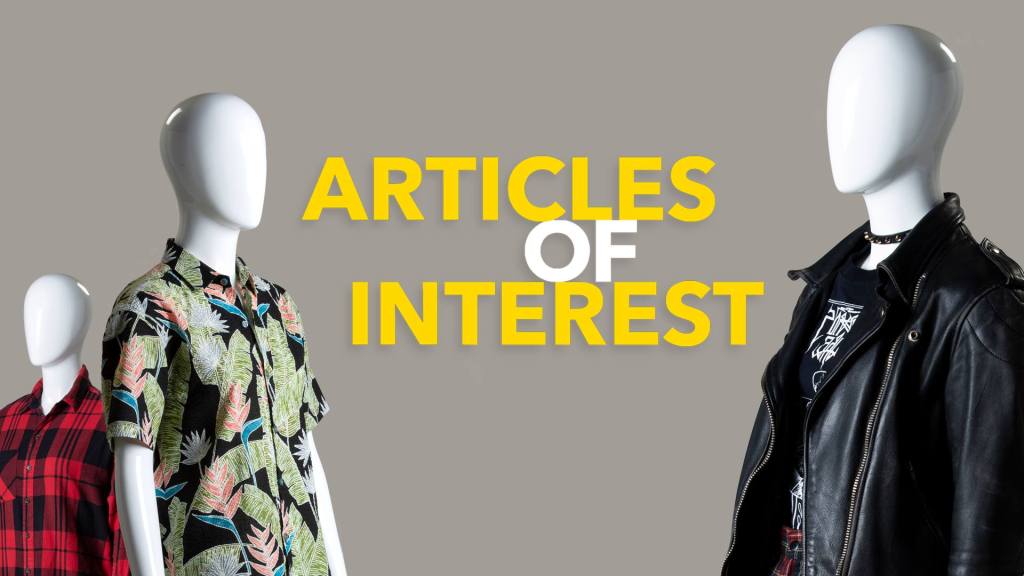
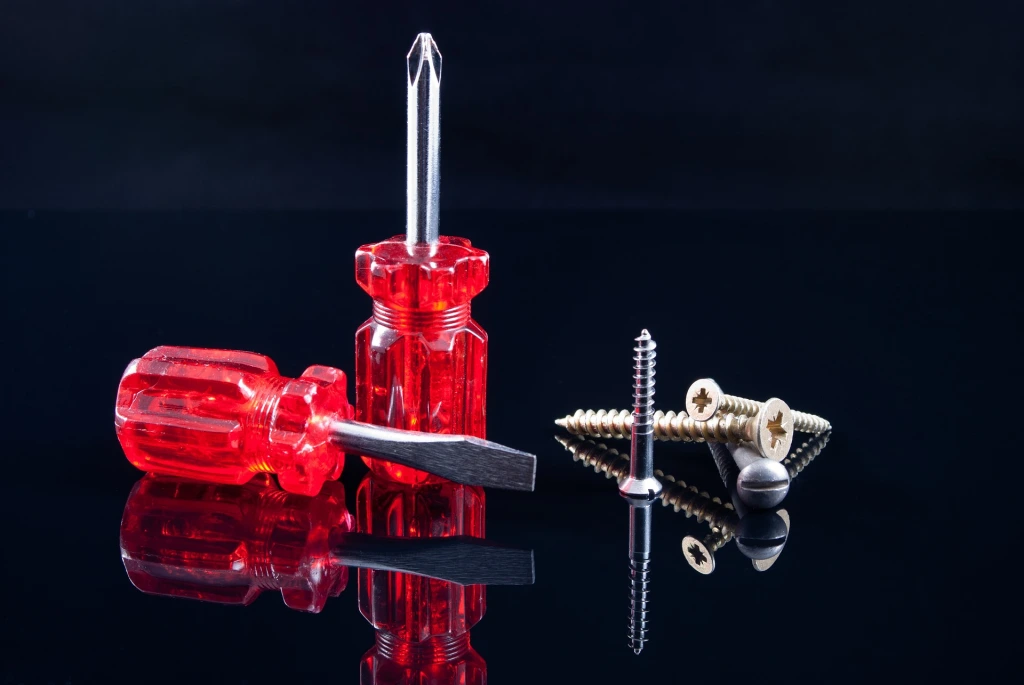
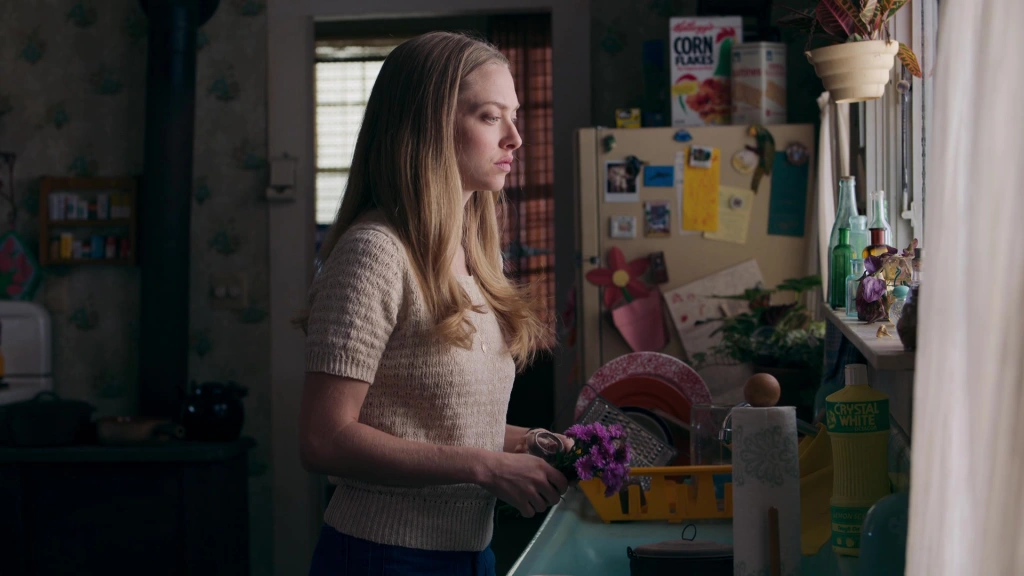
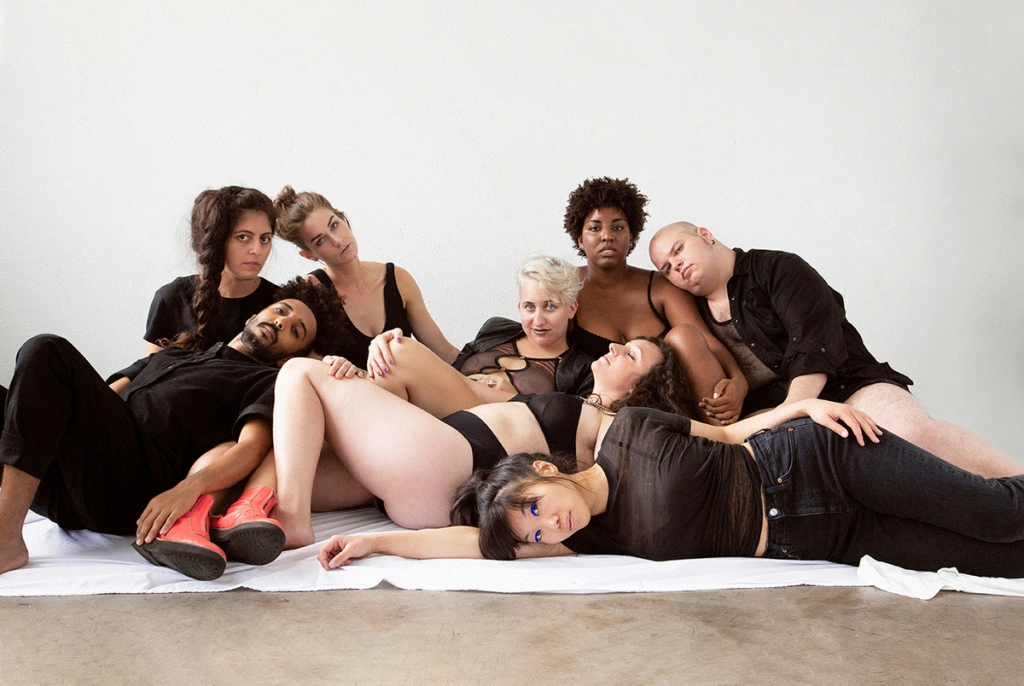

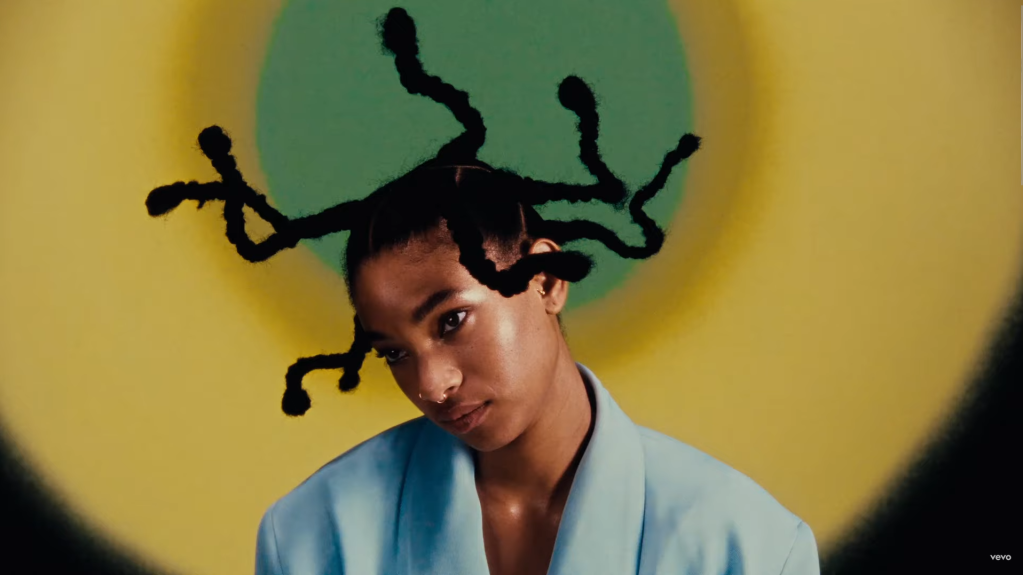
Leave a comment